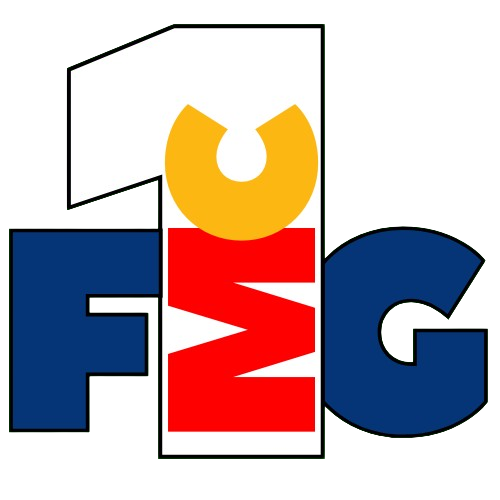Indian Equity Indices Extend Rally, FMCG Stocks Support Gains
India’s benchmark indices extended their winning streak for a sixth consecutive session on April 22, with the BSE Sensex climbing 111.66 points to close at 73,738.45 and the NSE Nifty rising 48.85 points to 22,368. While broader market sentiment remained muted, strong buying interest in FMCG and banking stocks drove the gains.
The Nifty FMCG index led sectoral performance, closing 1.2% higher, underlining continued investor confidence in consumer staples amid macro uncertainties. Key constituents such as ITC, Hindustan Unilever, and Nestlé India posted notable gains, bolstered by expectations of persistent rural demand and stable input costs.
Banking stocks also contributed to the uptrend, with the Nifty Bank advancing 0.56%. Domestic funds remained net buyers, supporting resilience in the equity markets against a backdrop of cautious global cues and high crude oil prices.
Overall market breadth turned slightly positive during the afternoon session, with mid-cap and small-cap indices recovering from early declines. However, IT and metal stocks acted as a drag, facing profit-booking pressures following recent strength.
In the FMCG space, analysts suggest the continued rotation into defensive sectors reflects investor preference for stability amid geopolitical unpredictability and inflationary concerns. The sector’s relative insulation from commodity volatility and its pricing power remain favorable fundamental drivers.
Looking ahead, FMCG companies are expected to benefit from positive structural trends, including improving rural sentiments and expansion into new consumer categories. Market watchers are closely monitoring corporate earnings announcements and monsoon forecasts, which could further shape consumption momentum in the coming quarters.
As the market heads into the final stretch of the month, FMCG’s outperformance signals a return to defensive plays and reinforces the segment’s role as a stabilizer within diversified portfolios, particularly when external risks loom large. For consumer goods companies, steady demand trends and controlled input costs provide a supportive runway for margin growth.
